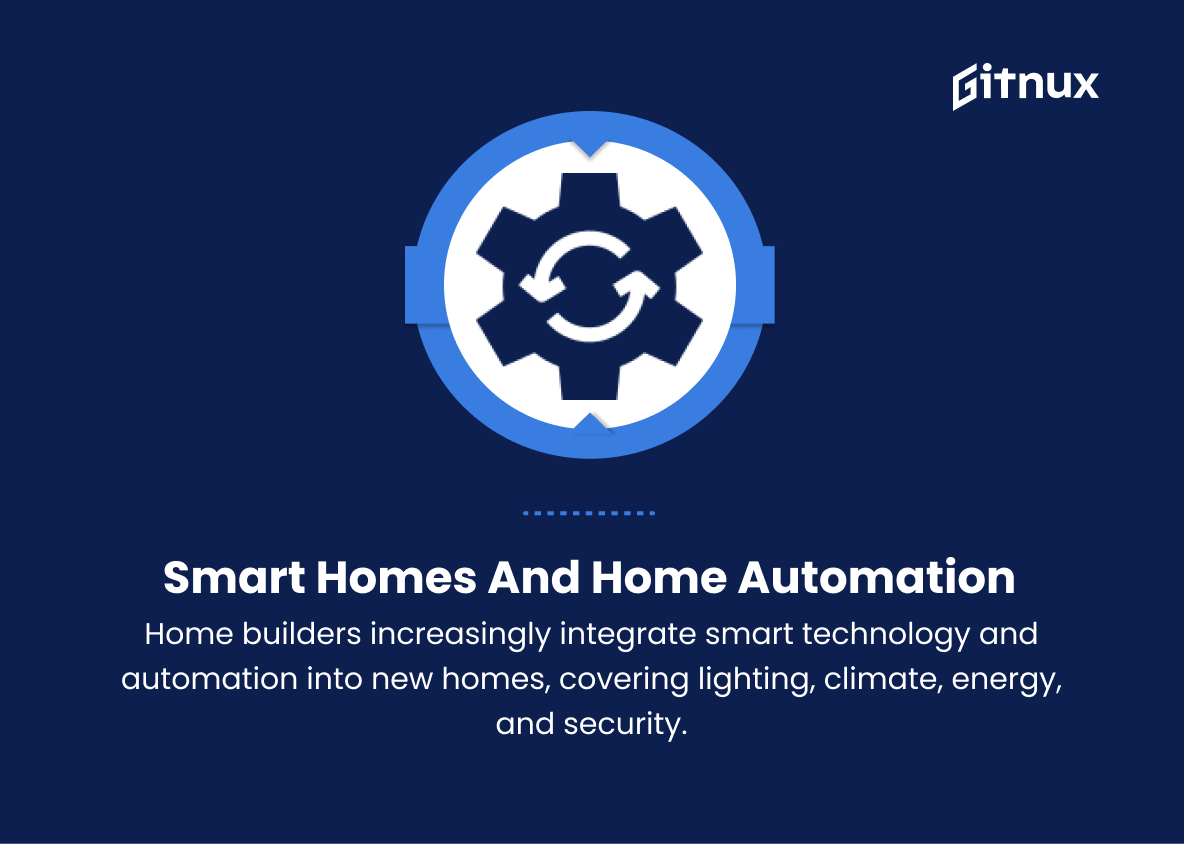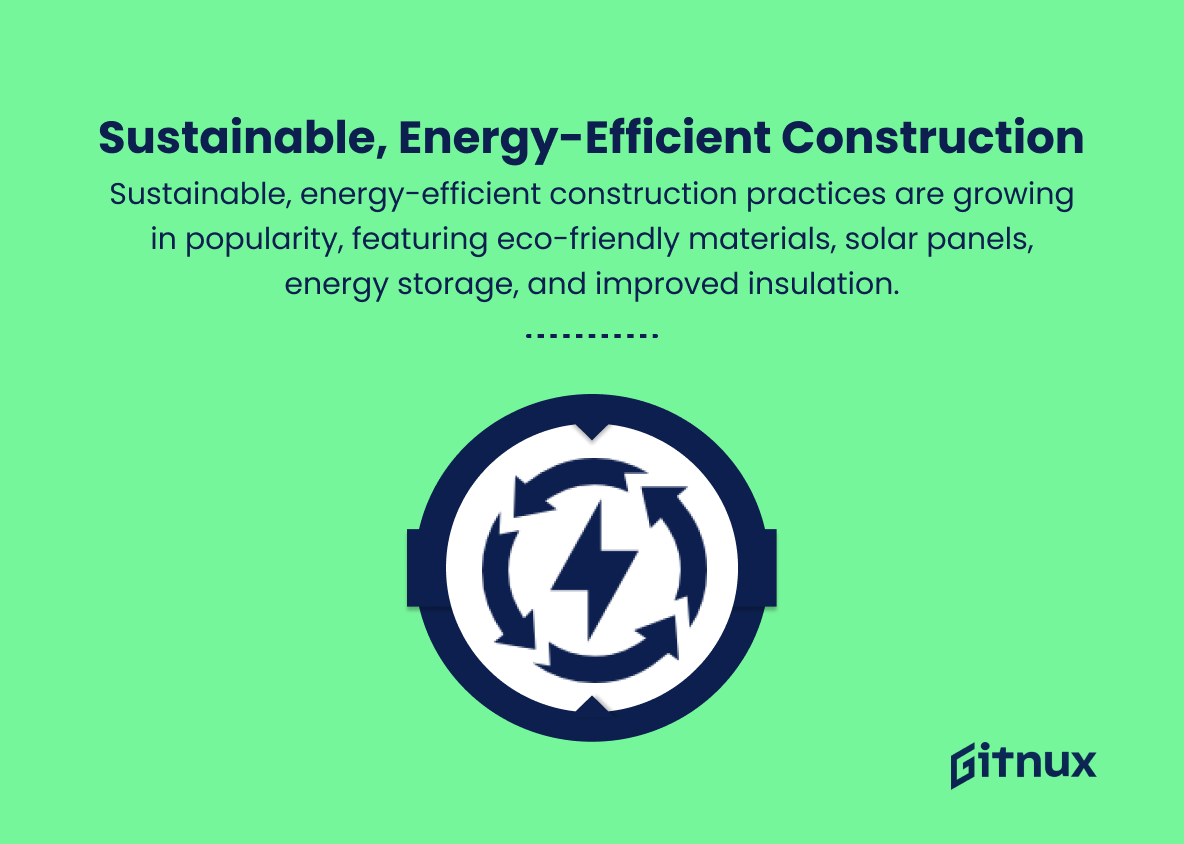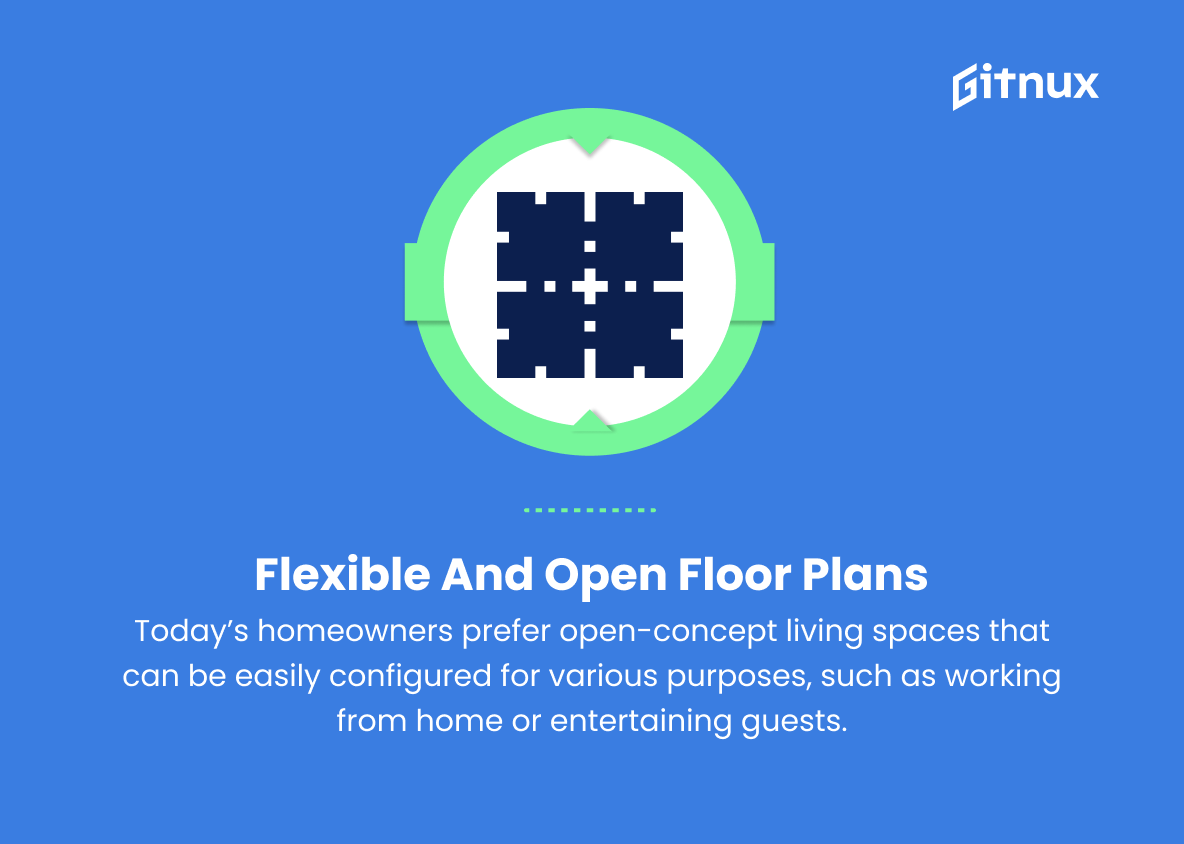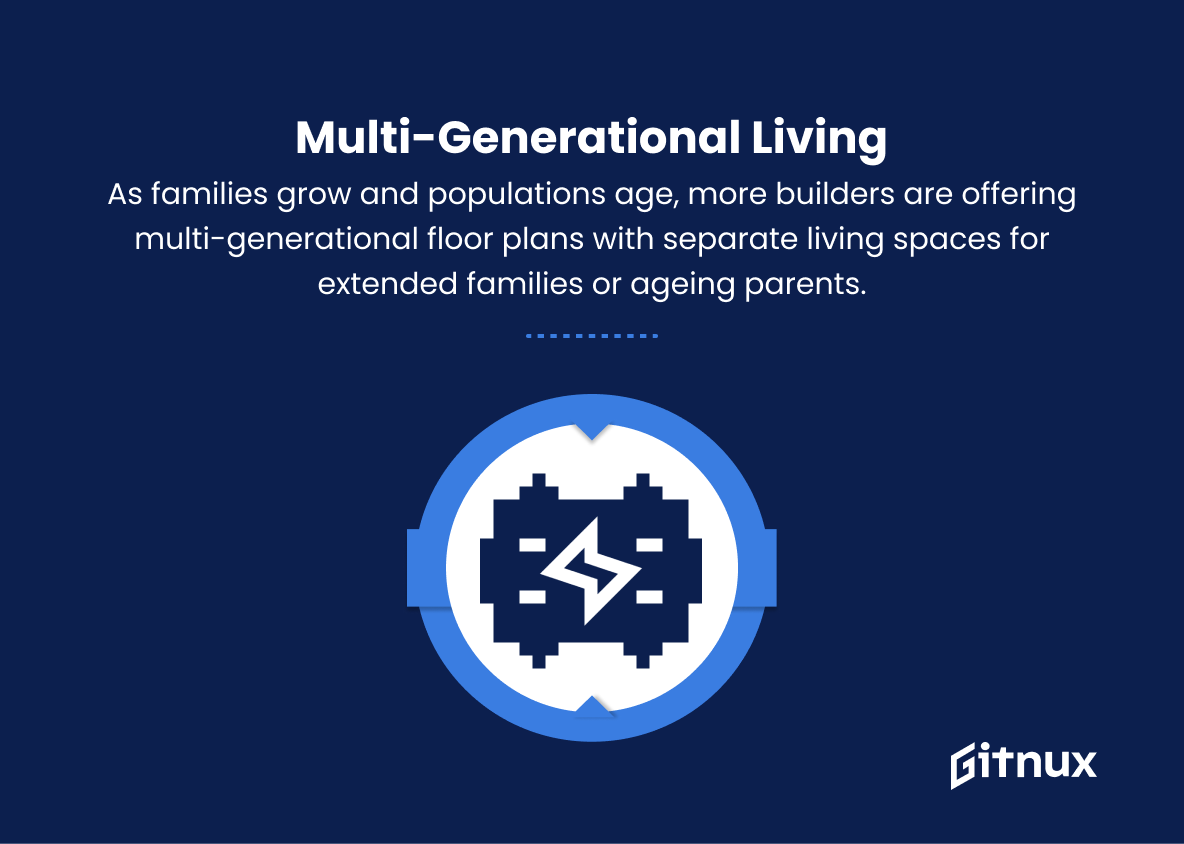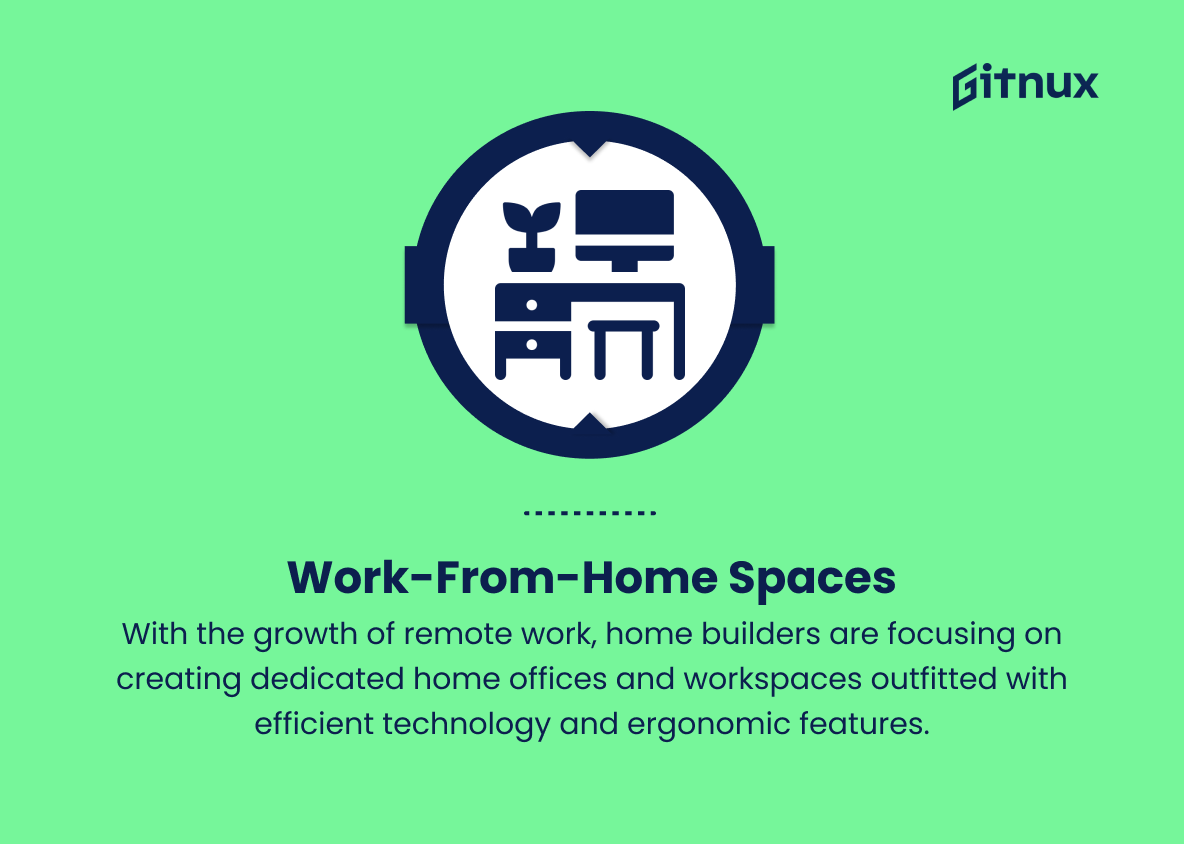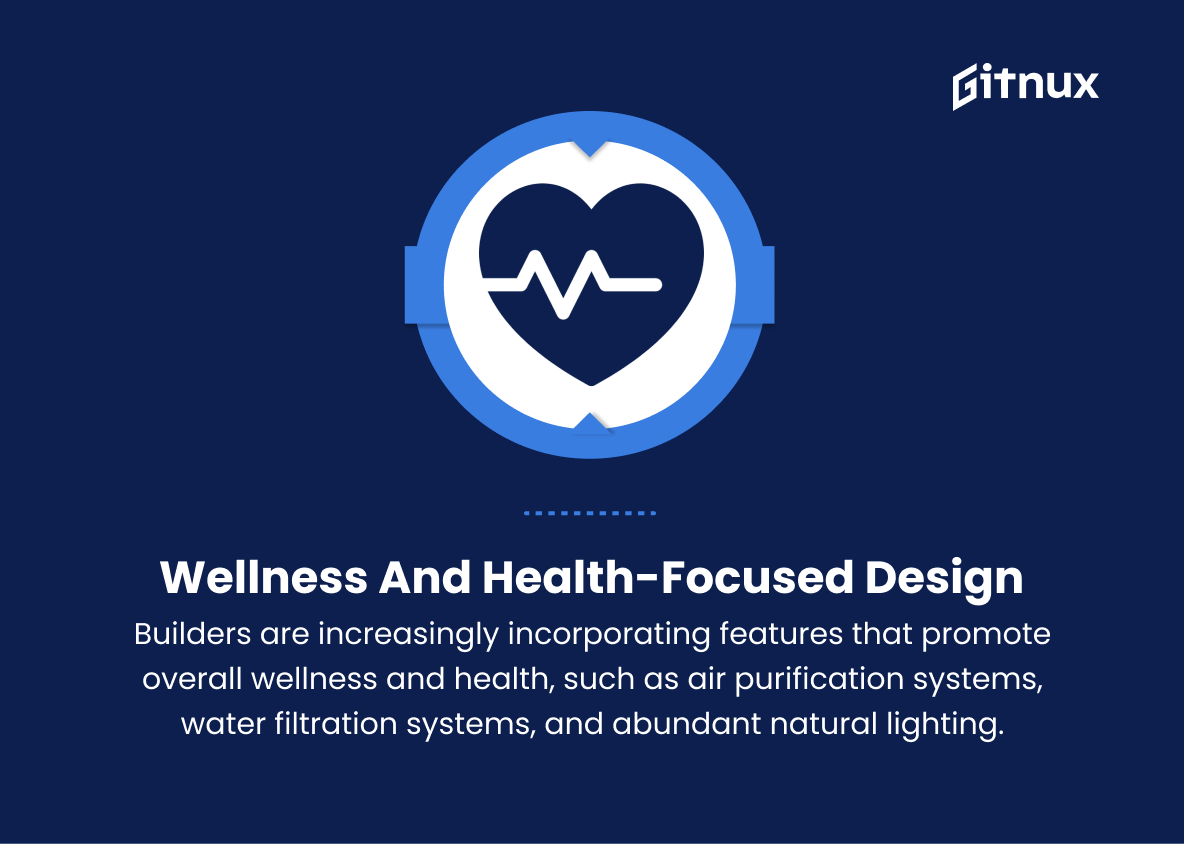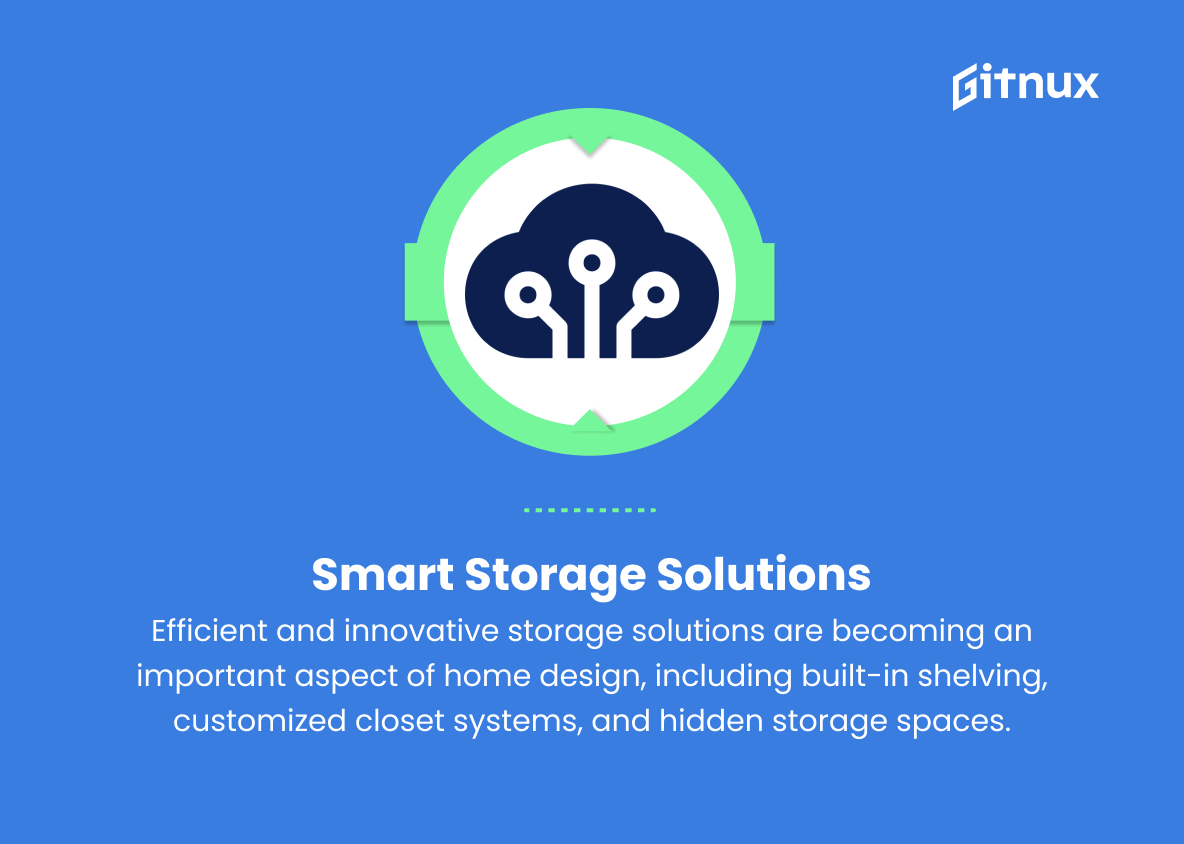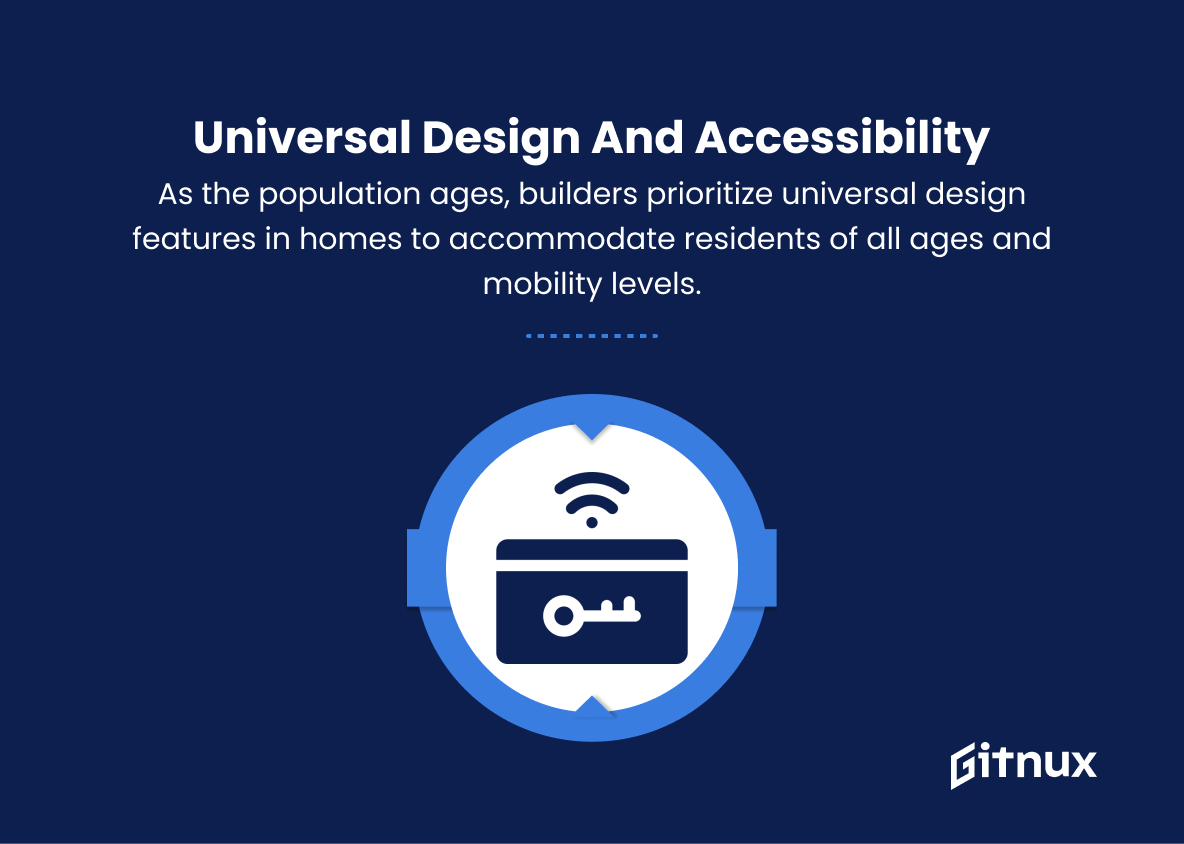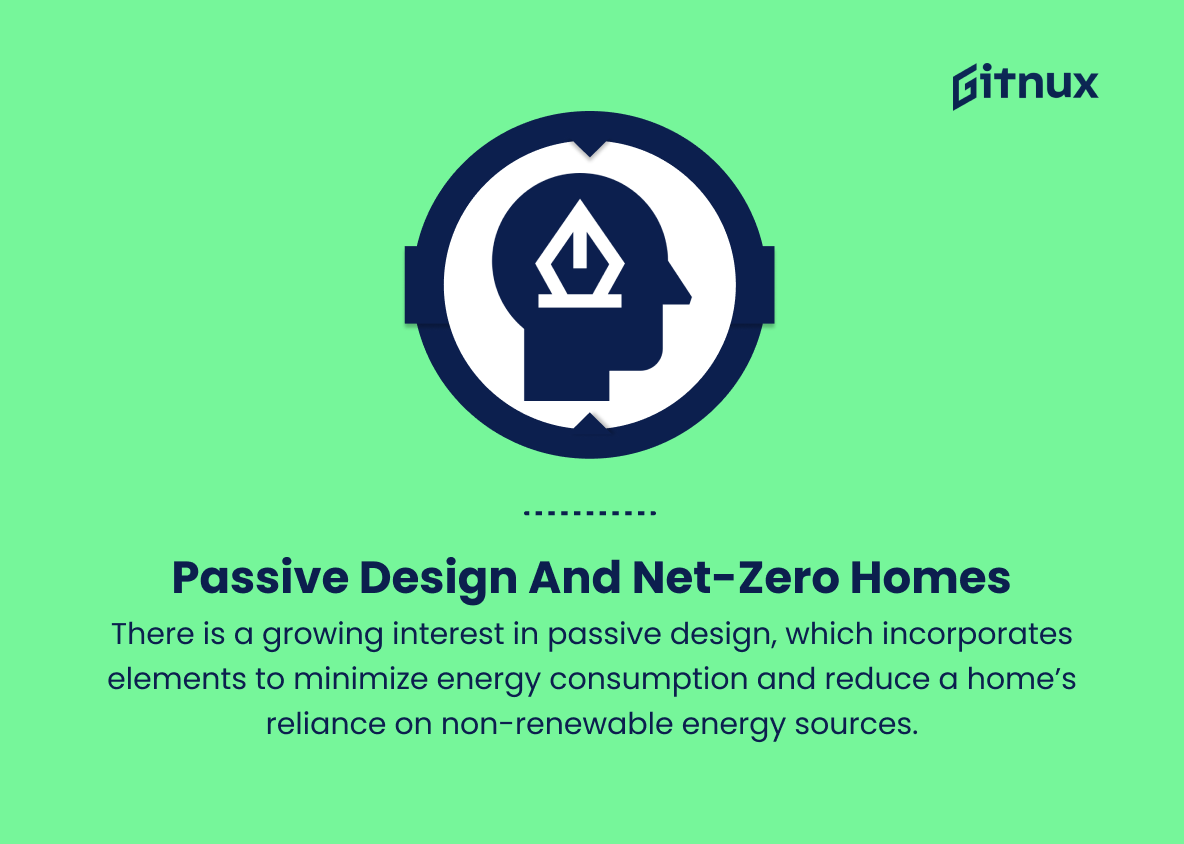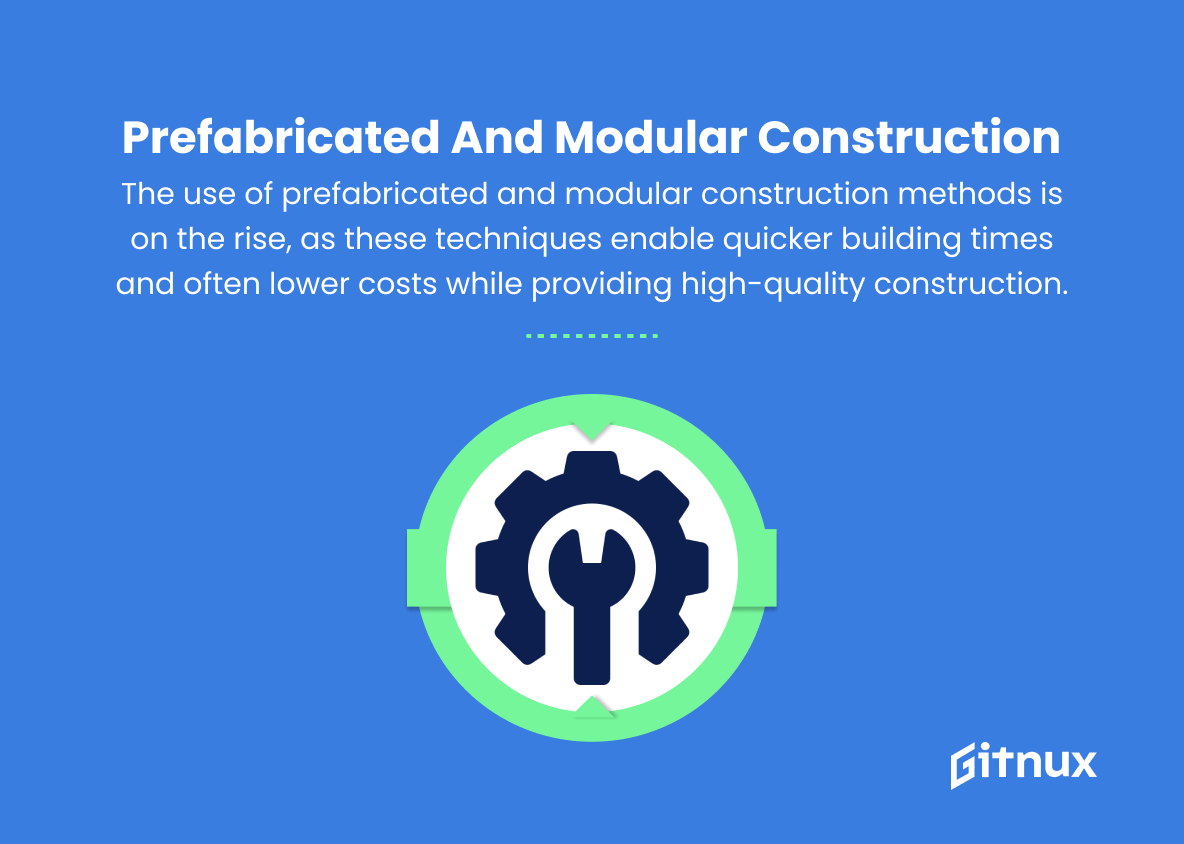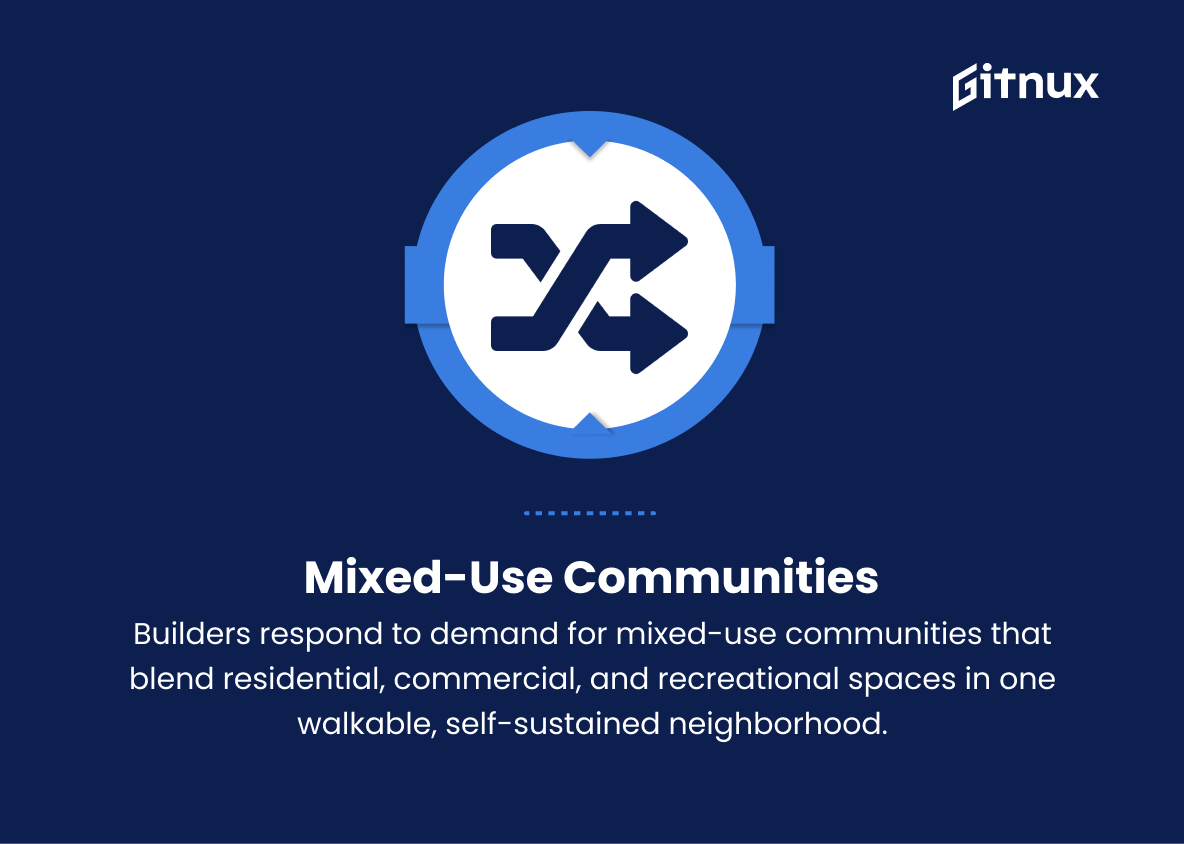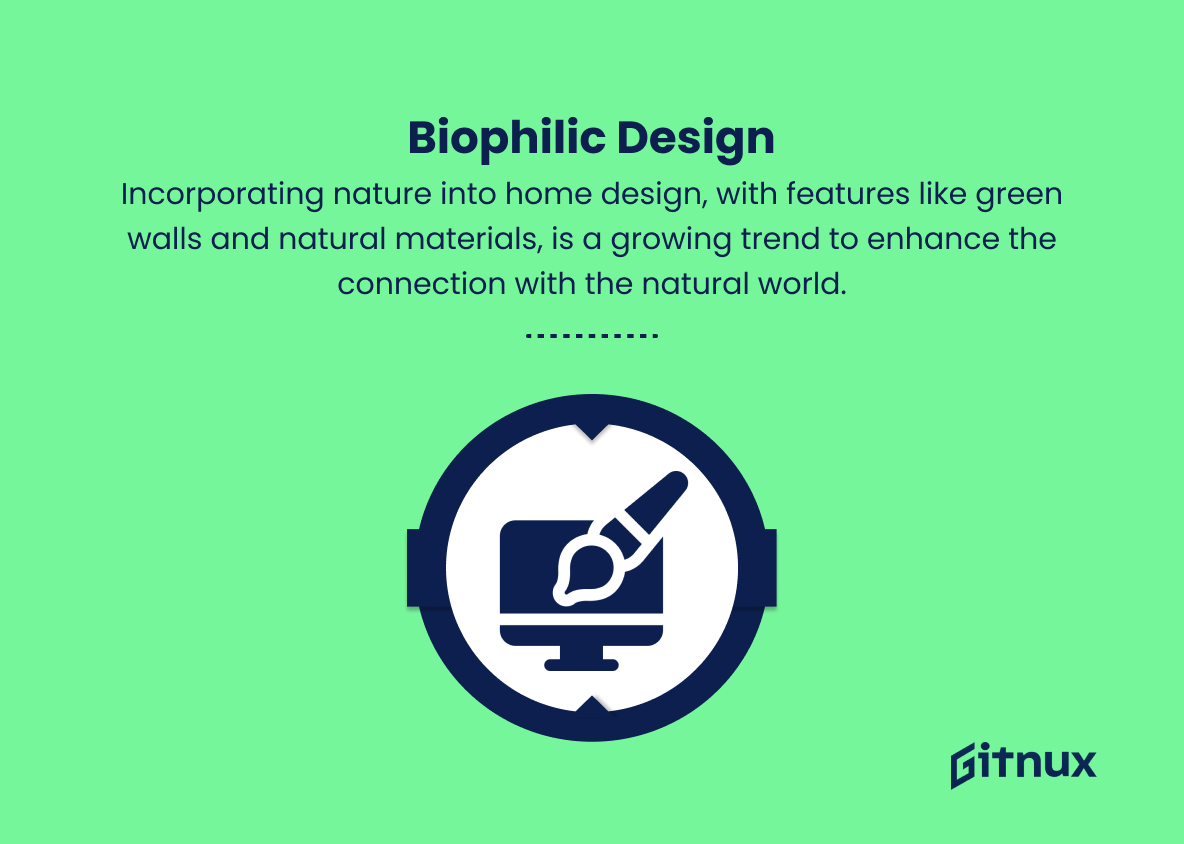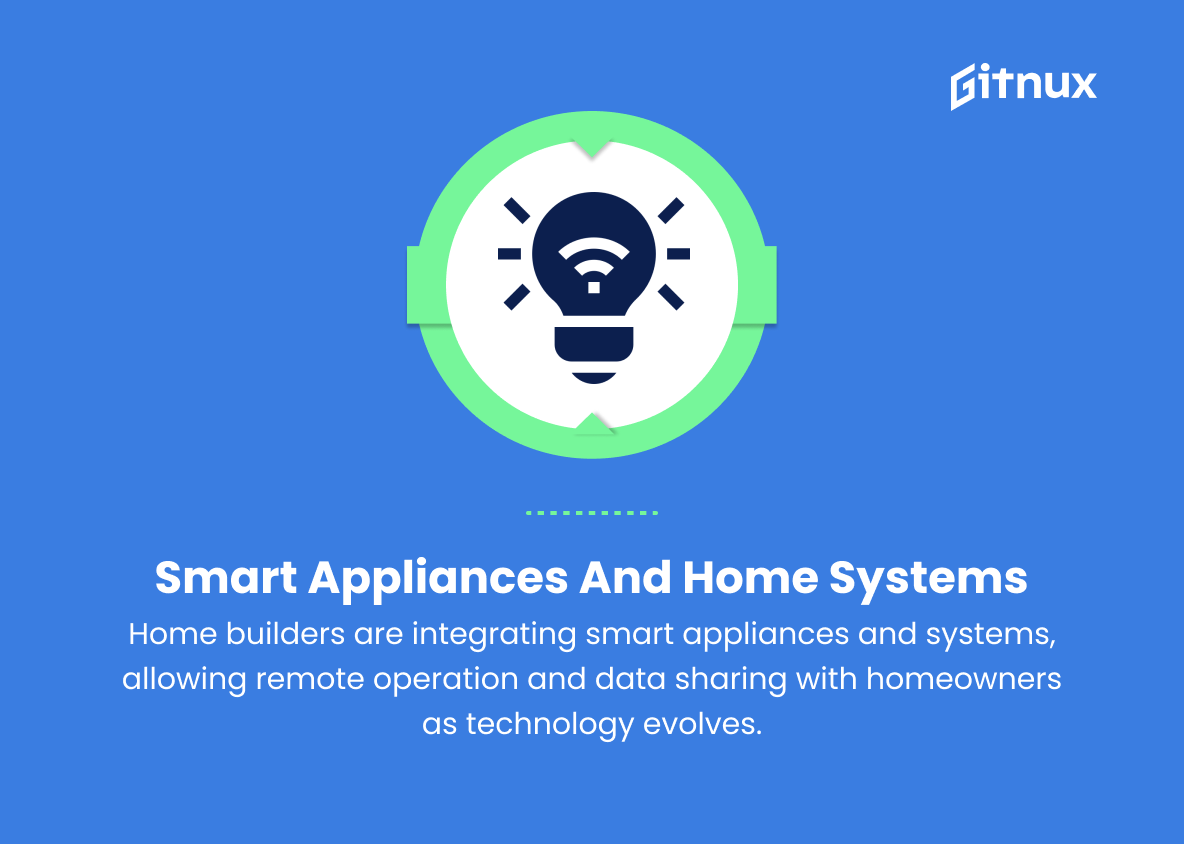In today’s rapidly evolving world, the realm of home construction is no exception to the constant advancements and innovations. Home builder trends have significantly transformed over the years and impacted the way we design, build, and enjoy our living spaces. As homeowners seek to create not only a visually appealing, but also a highly functional and sustainable environment, builders, and architects are constantly adapting to meet these demands.
In this insightful blog post, we delve into the latest and most compelling home builder trends, shedding light on the groundbreaking materials, technologies, and design concepts shaping the future of our homes. Join us as we explore the burgeoning developments that are redefining the industry and revolutionizing the way we conceive and inhabit our personal sanctuaries.
Top Home Builder Trends
1. Smart homes and home automation
More home builders are incorporating smart technology and automation systems into new homes, including features like automated lighting, climate control, energy management, and security systems.
2. Sustainable and energy-efficient construction
Green building practices and energy-efficient designs are becoming increasingly popular, including the use of environmentally friendly materials, solar panels, energy storage systems, and efficient insulation.
3. Flexible and open floor plans
Today’s homeowners prefer open-concept living spaces that can be easily configured for various purposes, such as working from home or entertaining guests.
4. Multi-generational living
As families grow and populations age, more builders are offering multi-generational floor plans with separate living spaces for extended families or ageing parents.
5. Work-from-home spaces
With the growth of remote work, home builders are focusing on creating dedicated home offices and workspaces outfitted with efficient technology and ergonomic features.
6. Outdoor living spaces
Expanding living spaces to the outdoors is a popular trend, with homeowners looking for patios, decks, outdoor kitchens, and even water features to provide a comfortable and functional space for relaxing and entertaining.
7. Wellness and health-focused design
Builders are increasingly incorporating features that promote overall wellness and health, such as air purification systems, water filtration systems, and abundant natural lighting.
8. Smaller, low-maintenance homes
Downsizing is becoming a popular trend, particularly among younger and older households. This has led to increased demand for smaller, low-maintenance homes that are designed for maximum efficiency and minimal upkeep.
9. Smart storage solutions
Efficient and innovative storage solutions are becoming an important aspect of home design, including built-in shelving, customized closet systems, and hidden storage spaces.
10. Universal design and accessibility
As the population ages, more home builders are focusing on creating homes with universal design features to accommodate the needs of all residents, regardless of age or mobility restrictions. This includes wider doorways, single-floor living spaces, and accessible bathrooms.
11. Passive design and net-zero homes
There is a growing interest in passive design, which incorporates elements to minimize energy consumption and reduce a home’s reliance on non-renewable energy sources.
12. Prefabricated and modular construction
The use of prefabricated and modular construction methods is on the rise, as these techniques enable quicker building times and often lower costs while providing high-quality construction.
13. Mixed-use communities
Home builders are increasingly catering to the demand for mixed-use communities, combining residential, commercial, and recreational spaces within a single development to create a walkable and self-sustained neighbourhood.
14. Biophilic design
Integrating nature into the design of a home, such as by incorporating green walls, indoor plant installations, and natural materials, is becoming more popular as people seek to improve their connection with the natural world.
15. Smart appliances and home systems
As technology advances, home builders are incorporating smart appliances and systems into their offerings, such as connected refrigerators, ovens, and even laundry appliances that can be operated remotely and provide usage data to homeowners.
Implications
In recent years, home building trends have shifted towards incorporating technology and sustainable practices to create smart, eco-friendly, and versatile living spaces. Smart homes and automation systems have become integral in managing energy consumption and providing convenience through automated lighting, climate control, and security features. At the same time, there has been a strong emphasis on sustainable construction with green building materials, solar panels, and energy-efficient designs.
Homeowners now prefer flexible and open floor plans, allowing for adaptation based on their current needs, such as remote work or multi-generational living. As remote work opportunities continue to expand, builders have started focusing on functional home offices and dedicated workspaces with ergonomic features.
Outdoor living spaces have gained popularity, with homeowners seeking to create relaxing and entertaining areas including patios, outdoor kitchens, and water features. Health and wellness factors are increasingly considered in design choices, with air purification systems and natural lighting taking precedence.
Smaller, low-maintenance homes have seen an increased demand among different age groups, accompanied by innovative storage solutions and practical design features. Universal design principles and accessibility are essential for catering to the ageing population and individuals with mobility restrictions.
Environmental concerns have led to a growing interest in passive design and net-zero homes, aiming to reduce energy consumption and reliance on non-renewable resources. Prefabricated and modular construction methods have emerged as a popular choice due to faster build times and cost-effectiveness while maintaining quality.
Furthermore, mixed-use communities are on the rise as individuals seek walkable neighbourhoods that integrate residential, commercial, and recreational spaces. Biophilic design principles have also gained traction as people strive to maintain a connection with nature through green walls, indoor plants, and natural materials. Finally, the integration of smart appliances and systems into new homes offers increased convenience and remote control as technology continues shaping the future of the housing industry.
Conclusion
As we bring our exploration of home builder trends to an end, it is evident that the industry is continuously evolving with the changing times. The focus on energy efficiency, adoption of intelligent technology, and considerations for multi-generational living are reshaping the homes being built for future generations. Design aesthetics and materials are growing more sustainable, further solidifying the importance of eco-friendly practices within the industry.
Home builders and buyers alike must keep a watchful eye on these trends to ensure they remain informed and future-proof their investments. By acknowledging and adapting to these shifts, we will create homes that are not only beautiful and functional, but will also encourage a sustainable, healthy, and harmonious coexistence with our environment.
